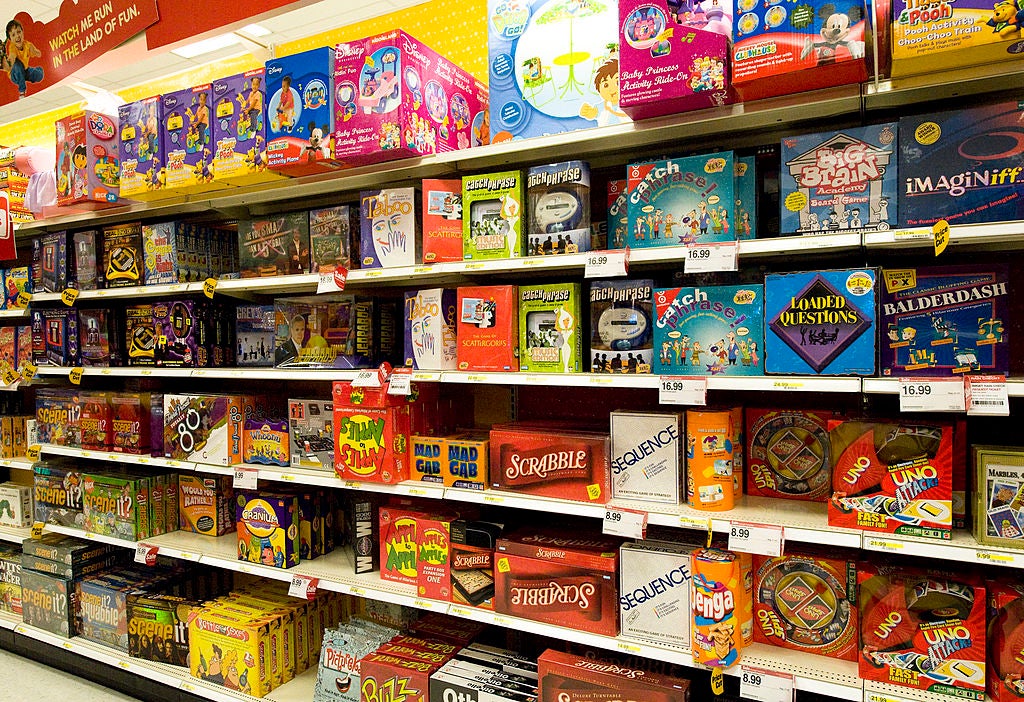
The Covid-19 pandemic caused overall greenfield foreign direct investment (FDI) project numbers to decline by 17.4% in 2020. Most sectors were negatively impacted, with lockdowns making site selections near impossible.
People did not stop shopping, however. In some cases, and during certain periods of lockdown, shopping was indeed the only thing left to do. For this reason, perhaps, FDI in consumer goods remained steady in the two-year period covering 2019 to 2020.
New projects in the sector suffered a very minor slowdown of -0.5%, going from 368 new projects in 2019 to 366 the year after, with a total over the 24 months of 734.
Both years, the majority of FDI projects in this sector were new projects, which came to a total of 582 (79.3%) versus 152 (20.7%) expansion projects.
Where are the leading destinations for consumer goods FDI?
Western Europe attracted nearly half (46.8%) of the total FDI projects into consumer goods over the two-year period. It also experienced a healthy 15% year-on-year rise, going from 160 new projects in 2019 to 184 in 2020.
Despite suffering the second-largest slowdown globally (40.7%), Asia-Pacific still came out in second position after attracting a total of 137 projects across the two years.
At the other end of the spectrum, FDI into South America’s consumer goods sector went up 90% year on year, from 11 in 2019 to 21 in 2020.
North America experienced the second-strongest growth year-on-year (72%), going from attracting 25 FDI projects in the sector in 2019 to 43 in 2020. Sub-Saharan Africa suffered the most during the pandemic, with FDI projects decreasing by 57% over the two-year period.
The Middle East and North Africa and Central America and the Caribbean regions followed, with decreases of 33.3% and 20% respectively.
What are the top consumer goods operations?
Despite experiencing high levels of disruption as a sector overall because of the Covid-19 pandemic, FDI projects in the logistics and warehousing area of consumer goods experienced a healthy 35% growth between 2019 and 2020. It attracted a total of 299 new projects, going from 127 in 2019 to 172 in 2020.
Projects in sales, administration and marketing also grew by 12% year on year, attracting a total of 240 projects.
All of the following functions in the above chart experienced strong decrease rates in attracting consumer goods FDI, with manufacturing going down by 48%; headquarters by 50%; research and development by 55%; and contact centres by 25%.
What are the top subsectors for consumer goods FDI?
Consumer goods encompasses a wide range of subsectors. Miscellaneous consumer goods, however, was the area that came out on top and the only one to experience a healthy growth in the two-year-period. It attracted a total of 330 projects, going up 27.6% from 2019 to 2020.
Furniture and home decor, another favourite focus of many in the West during the pandemic, remained steady in the two-year period, attracting the exact same number of FDI projects in 2019 and 2020 (78). Games and toys did the same, attracting 11 new FDI projects globally in both years.
Sporting goods, jewellery and related articles and musical instruments all underperformed, with slowdowns of 22%, 53% and 80%, respectively.
Where are the leading consumer goods investors located?
The US continued to be the leading source of FDI in the consumer goods sector over the course of 2019 and 2020. The country invested in a total of 265 projects in this time, six-and-a-half times higher than the second-largest source, France, with 41.
The US was also one of the few countries to increase its FDI exposure to the sector, financing 118 projects in 2019 and 147 in 2020, a 24.6% increase.
France experienced a 48% year-on-year slowdown in this time. Germany, the third largest-source of FDI in consumer goods globally, registered a total of 39 projects across 2019 and 2020.
Significant pick-up rates were experienced by Argentina with 17 projects in total and a 367% increase between 2019 and 2020, Ireland with 20 projects and a 300% increase, and Sweden with eight projects and a 100% increase.



